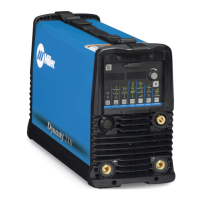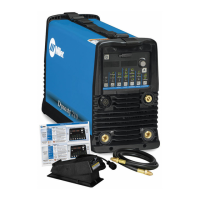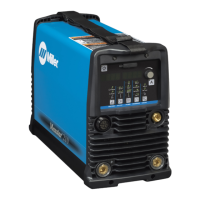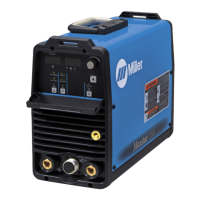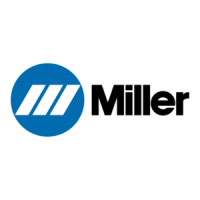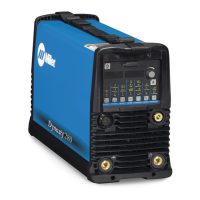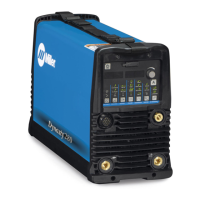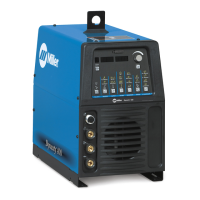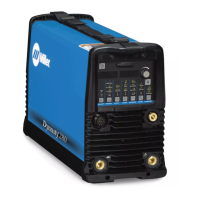How to fix erratic or improper weld output on a Miller Welding System?
- EElizabeth WardAug 5, 2025
To address erratic or improper weld output on your Miller Welding System: * Ensure you are using the correct size and type of weld cable. * Clean and tighten all weld connections to ensure a good electrical path.
